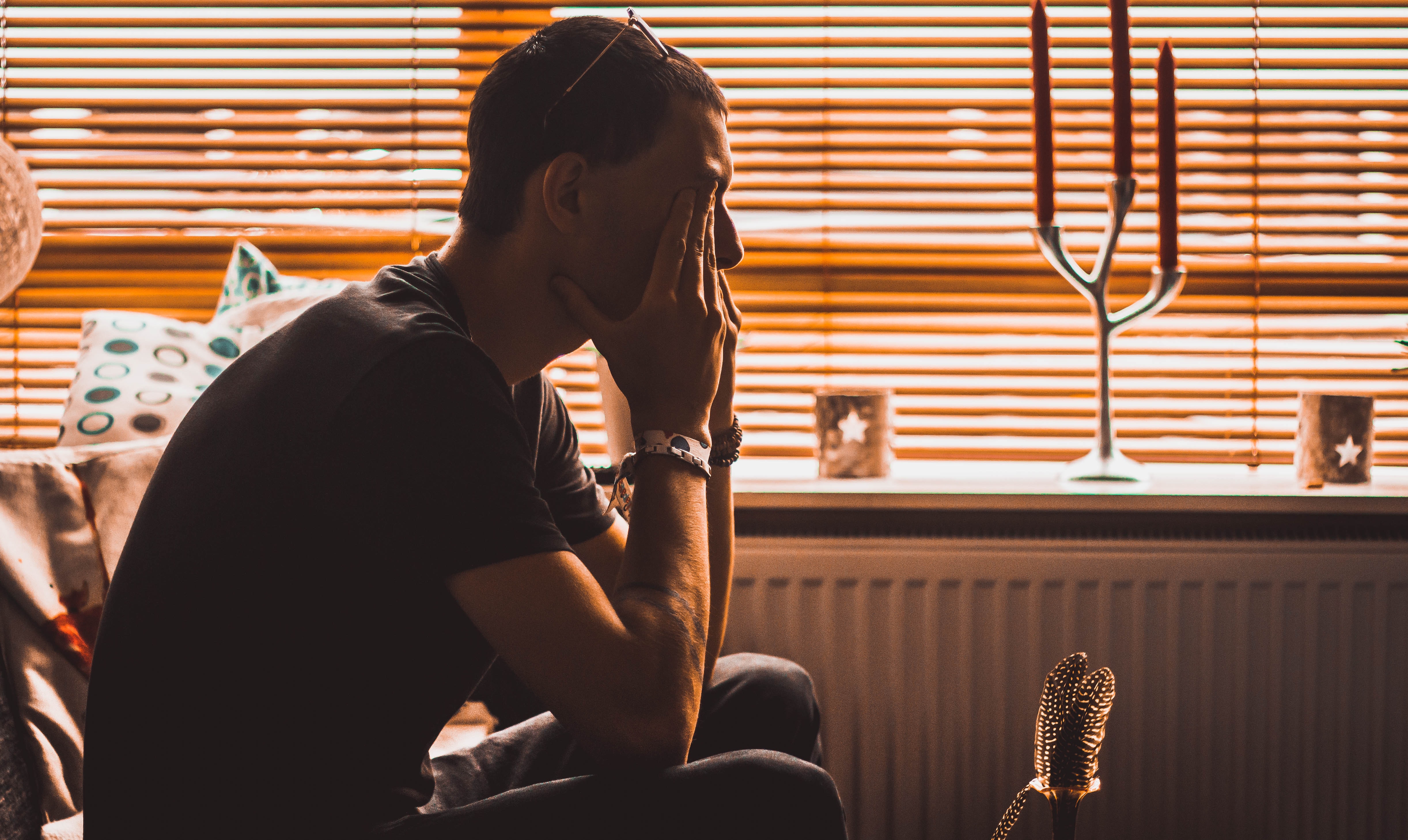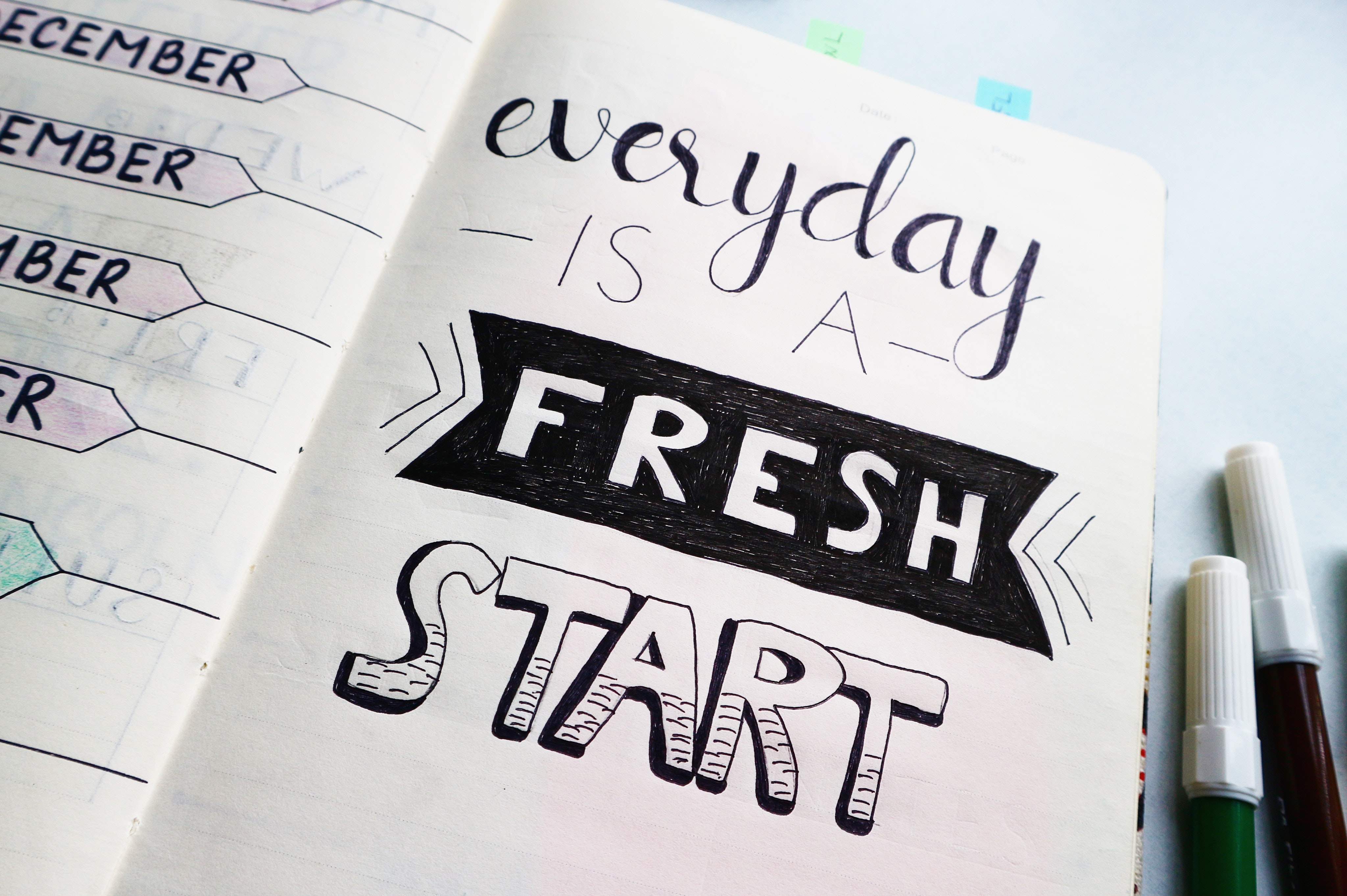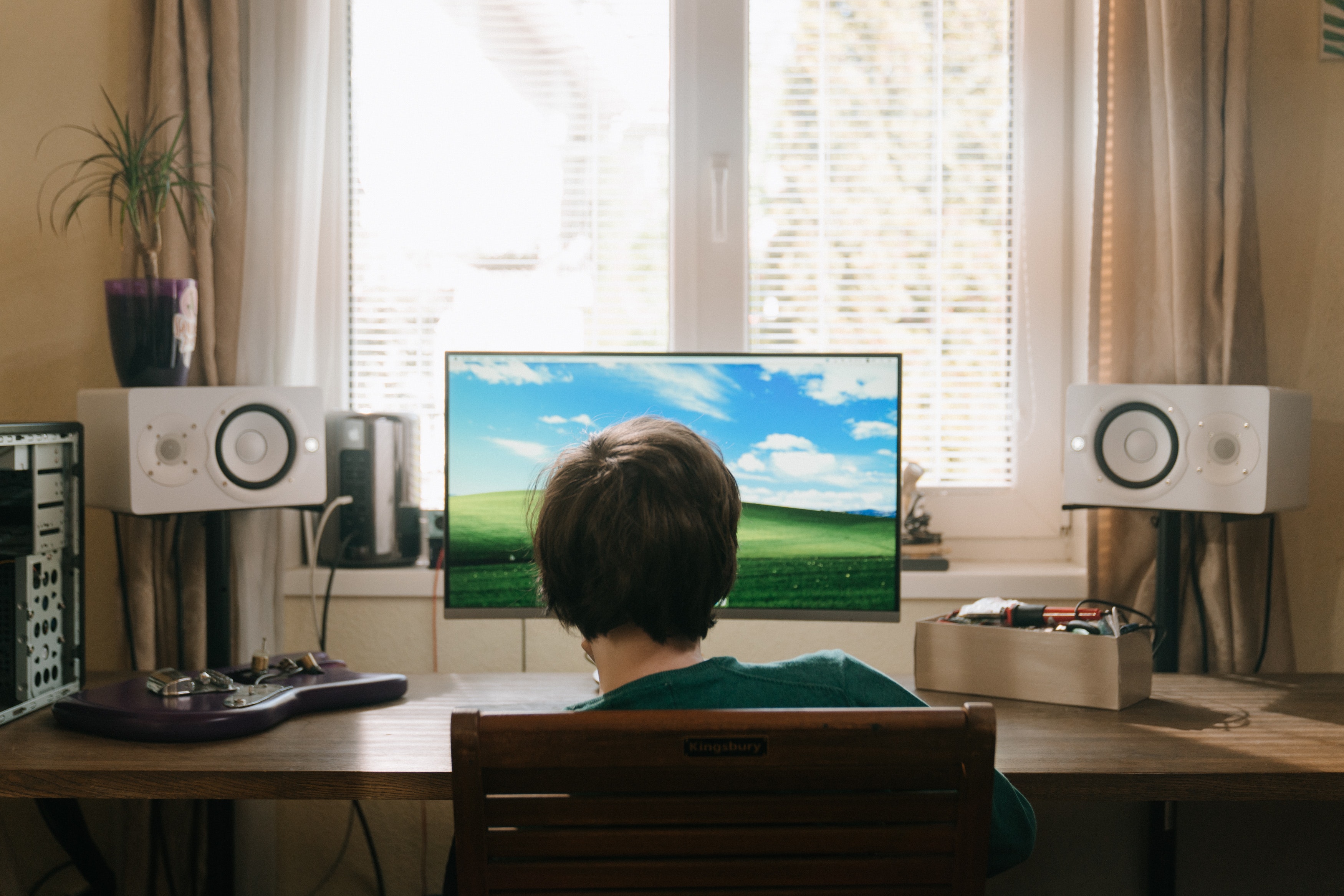
All struggles in school are NOT created equal!
When students are learning the MOST, they often feel like they’re learning the least.
How can this be?
First things first: Active learning refers to when students are involved in their own learning, co-constructing the knowledge they’re acquiring and the skills they’re building. Passive learning happens through traditional teaching methods, such as lecture-style classrooms.
Even though we know that active learning generates better outcomes than traditional teaching, most schools and instructors rely on the latter.
Harvard researchers recently found that despite students in active learning environments learning MORE than in passive classrooms, they feel like they learn LESS. How can this be? In short, because of the “increased cognitive effort required during active learning.” h
What does this mean?
Listening to content delivery is easy. Actively participating in learning something feels hard.
Why does this matter?
If your kids are taught to in the classroom, learning on their own can be hard, frustrating and often demoralizing.
Some kids feel stupid, some stress, others disengage (‘why bother?’ / ‘I’m never going to use this’). When students are used to being taught to by someone, they’re at a loss with how to self-direct their own learning. A lot of students are biased against active learning because it feels ‘hard’; they’re not familiar with it, and not knowing how to learn independently is a huge contributor to lack of motivation and apathy.Honestly, a lot of kids don’t even realize that they can learn on their own.
They do homework based on what they were told in class, and the thought of doing anything else – of autonomously learning more deeply, more meaningfully, than what they were taught in school – doesn’t even cross their mind.At one point or another, almost every single student I’ve worked with has said something along the lines of:
“I have no homework today, so I guess there’s no point in meeting until I get some stuff assigned.”
At the outset, they’re (unsurprisingly) not super happy to learn that no homework does NOT equal no school work. But, after seeing how much ‘easier’ school work gets when they adopt this thinking, they change their tune:
“OK, so I don’t have any homework today, let’s review History and then plan out my study sessions for that Calc exam.”
‘Easier’ is in quotes because obviously school doesn’t get easier – they become more skilled at learning and achieving on their own terms.In the Harvard study, they explained to the active learners that even though it felt harder, they actually learned more and did better. Once this was explained, “each student was asked “if seeing these results will impact the way you study,” and over 80% said YES.
So to help our kids become learners who feel motivated and confident, not just students who passively get stuff done because they have to, we want to remember:
- Doing homework does not equate to learning
- No homework doesn’t mean no school work
- Struggling through material is normal in active learning
- When they know just how how more and better they can learn, they can grow accordingly
Book a call at the link TODAY to help your kid engage in active learning, aid them in their personal growth and take away the “struggle” of school.




